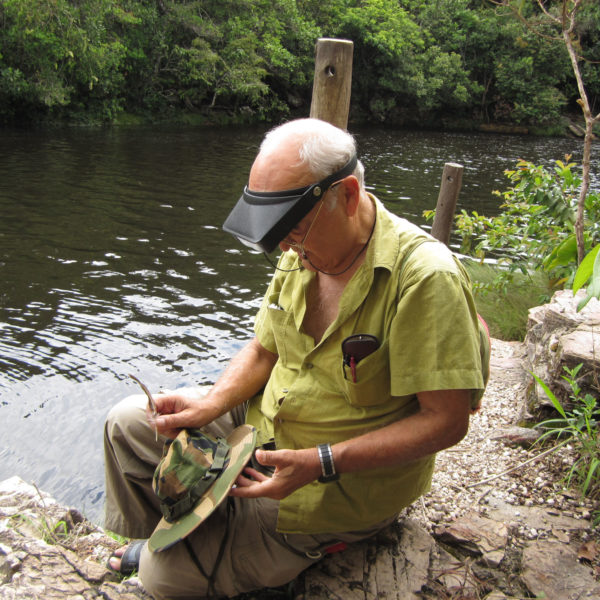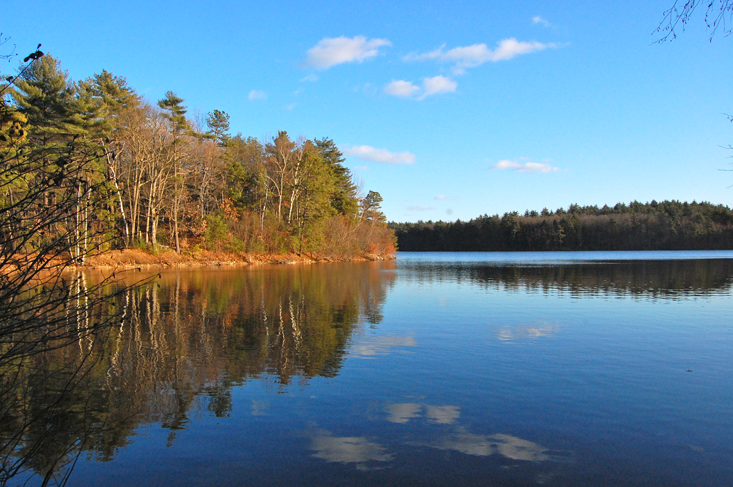Center for Humans & Nature:
“As I stare out across the social and environmental landscape of our time, I am reminded of a quote by Dr. Bob Moorehead, pastor and author of Words Aptly Spoken:
”The paradox of our age is that we have bigger houses but smaller families; more conveniences, but less time; We have more degrees, but less sense; more knowledge, but less judgment; more experts, but more problems; more medicines, but less healthiness; we’ve been all the way to the moon and back but have trouble crossing the street to meet the neighbor. We’ve built more computers to hold more information to produce more copies than ever but have less communication; we have become long on quantity, and short on quality. These are the times of fast foods but slow digestion; tall man but short character; Steep profits but shallow relationships. It’s a time when there is much in the window, but nothing in the room.”
This quote speaks to how we in the modern world have lost ourselves in the dream of progress. In the desire for ever more comfort and things, we seem to have forgotten something essential to our very existence: Life itself is a miracle; and such a miracle can only be fully expressed through the practice of living in right relationship to ourselves, our communities, the natural world, and the cosmos itself.”





















